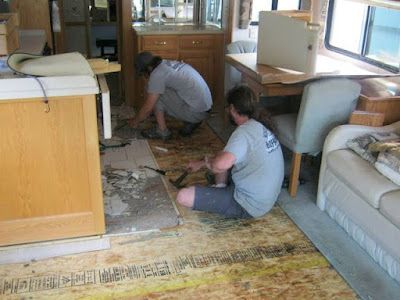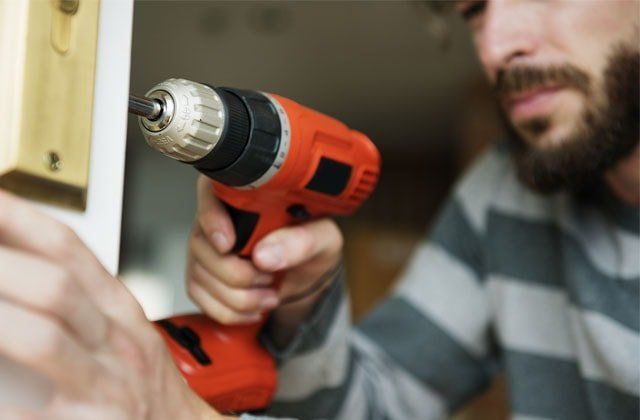A roof is one of the most critical components of a home, providing shelter and protection against the elements. Over time, however, roofs can deteriorate due to various factors such as weather conditions, age, and wear and tear. When signs of damage become evident, it may be time to consider roof replacement. In this article, we will explore the importance of
roof replacement, the signs that indicate it's necessary, the materials available, and the benefits of investing in a new roof.

1: Signs of a Deteriorating Roof:
One of the first steps in determining whether a roof replacement is needed is recognizing the signs of deterioration. Common indicators include:
1.1 Leaks and Water Damage: Water stains on ceilings and walls, as well as evidence of water infiltration in the attic, are clear signs of a compromised roof. Addressing leaks promptly is crucial to prevent further damage to the interior of the home.
1.2 Missing or Damaged Shingles: Shingles that are cracked, curled, or missing altogether can expose the underlying structure to the elements, leading to water infiltration and other issues. Regular inspections can help identify and replace damaged shingles before more extensive problems arise.
1.3 Sagging Roof: A sagging or uneven roofline indicates structural issues that require immediate attention. This could be a result of weakened supports or a compromised roofing system that can pose safety risks if not addressed promptly.
1.4 Granule Loss: Asphalt shingles often lose granules over time, which can result in a rough, inconsistent appearance. Excessive granule loss compromises the shingle's ability to protect against UV rays, reducing its lifespan and effectiveness.
2: The Importance of Timely Roof Replacement:
Delaying roof replacement when signs of deterioration are present can lead to severe consequences for both the home's structural integrity and its occupants. Some of the key reasons why timely roof replacement is essential include:
2.1 Protection Against the Elements: A sound roof is crucial for safeguarding the home from rain, snow, hail, and other weather conditions. A compromised roof increases the risk of water damage, mold growth, and other structural issues.
2.2 Enhanced Energy Efficiency: An aging or damaged roof may contribute to energy inefficiency by allowing drafts and temperature fluctuations. A new, properly installed roof with modern insulation materials can improve energy efficiency, leading to reduced heating and cooling costs.
2.3 Increased Property Value: A well-maintained and visually appealing roof enhances the curb appeal of a home, positively impacting its resale value. Potential buyers are often willing to pay a premium for a property with a recently replaced roof, knowing they won't have to invest in immediate repairs.
Related Blog: Navigating the Maze of Roof Replacement: A Comprehensive Guide to Protecting Your Home
3: Roof Replacement Materials:
When it comes to roof replacement, homeowners have a variety of materials to choose from. Each material has its own set of advantages and considerations. Here are some commonly used roofing materials:
3.1 Asphalt Shingles: Asphalt shingles are a popular choice due to their affordability, durability, and ease of installation. They come in various styles and colors, making them versatile for different architectural preferences.
3.2 Metal Roofing: Metal roofs are known for their longevity and resistance to harsh weather conditions. They are available in various metal types, such as steel, aluminum, and copper, providing durability and a modern aesthetic.
3.3 Tile Roofing: Tile roofing, often made of clay or concrete, offers a distinctive appearance and excellent durability. While more expensive than asphalt shingles, tile roofs can last for several decades with proper maintenance.
3.4 Wood Shingles or Shakes: Wood shingles and shakes provide a natural, rustic look. While they require more maintenance than some other materials, they can offer a unique charm and aesthetic appeal.
4: Benefits of Investing in a New Roof:
Roof replacement is a significant investment, but the benefits far outweigh the costs. Here are some advantages of investing in a new roof:
4.1 Improved Safety and Structural Integrity: A new roof enhances the structural integrity of the home, providing a secure and stable foundation. This not only protects the occupants but also prevents potential liabilities associated with roof-related accidents.
4.2 Long-Term Cost Savings: While the initial cost of roof replacement may seem high, it is a long-term investment that can save money over time. Reduced energy bills, minimal maintenance requirements, and increased property value contribute to overall cost savings.
4.3 Enhanced Curb Appeal: A new roof can transform the look of a home, boosting its curb appeal and making it more visually appealing. This is not only gratifying for the homeowner but can also positively impact the neighborhood's overall aesthetic.
4.4 Environmental Sustainability: Choosing eco-friendly roofing materials and energy-efficient insulation options can contribute to environmental sustainability. Some materials, such as metal roofing, are recyclable, reducing the environmental impact of roof replacement.
Conclusion:
Roof replacement is a crucial aspect of home maintenance that should not be overlooked. Recognizing the signs of a deteriorating roof, understanding the importance of timely replacement, exploring available materials, and considering the benefits of the investment are essential steps for homeowners. Whether driven by the need for increased safety, energy efficiency, or improved aesthetics, investing in a new roof ensures a durable and reliable shelter for years to come. Regular inspections and proactive maintenance can further extend the lifespan of the roof, protecting both the home and its occupants from potential risks.







